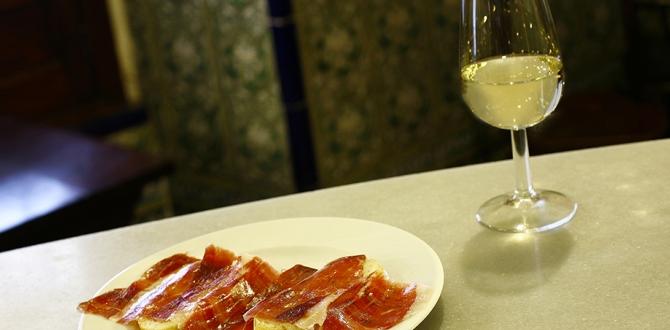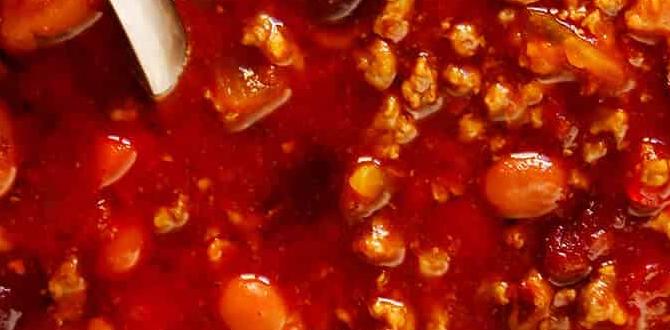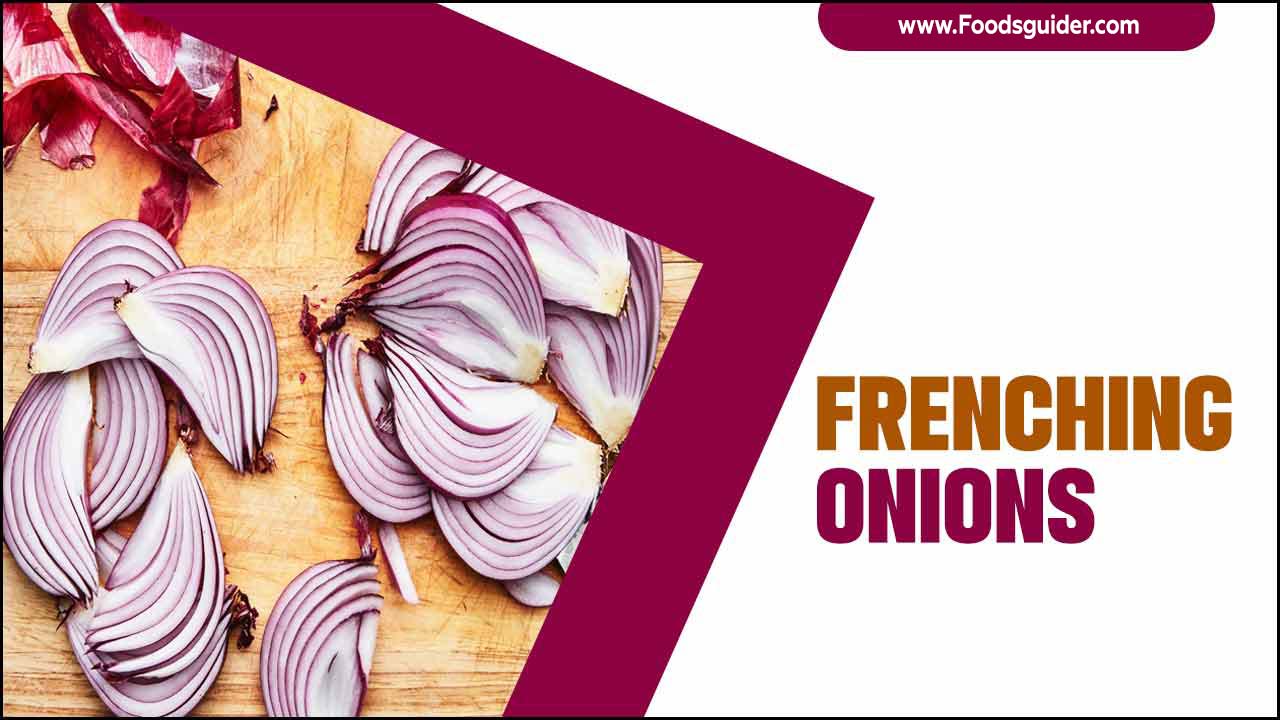Discover the best Irish Stew tours in Dublin! This guide helps beginners find authentic experiences, taste real Irish culture, and enjoy the most traditional stews the city offers. Navigate Dublin’s culinary scene with confidence and savor every delicious spoonful.
Dublin is famous for many things: its friendly pubs, lively music, and rich history. But one of its most comforting and beloved culinary treasures is Irish stew. If you’re new to exploring Dublin’s food scene, the idea of a dedicated “Irish Stew Tour” might sound intriguing, but also perhaps a little daunting. Where do you start? How do you find the truly authentic spots amidst the tourist hustle? Don’t worry! This guide is here to demystify the quest for the perfect bowl of Irish stew. We’ll walk you through everything you need to know to make your Dublin stew adventure a delicious success.
What is a ‘Irish Stew Tour Dublin’?
An “Irish Stew Tour Dublin” is essentially a curated culinary adventure focused on experiencing and tasting the best traditional Irish stew the city has to offer. Instead of a formal, guided tour with a bus and a fixed itinerary, it’s often more of a self-guided or small-group experience that highlights pubs and restaurants known for their exceptional, authentic Irish stew. These tours are designed for food lovers, newcomers to Dublin, and anyone eager to dive deep into one of Ireland’s most iconic dishes. They often go beyond just the eating, offering insights into the stew’s history, ingredients, and cultural significance.
Why Embark on an Irish Stew Adventure in Dublin?
Irish stew is more than just a meal; it’s a taste of history and tradition served in a bowl. It’s a dish that has comforted people through generations, using simple, hearty ingredients. Participating in a self-guided or organized culinary exploration allows you to:
- Taste Authenticity: Experience the real deal, made with traditional methods and ingredients, rather than mass-produced versions.
- Discover Hidden Gems: Find pubs and eateries that locals love, often tucked away from the main tourist paths.
- Learn the Lore: Understand the history and evolution of Irish stew, from its humble peasant origins to its place on modern menus.
- Engage Your Senses: Enjoy the rich aromas, hearty textures, and deep flavors that make Irish stew so special.
- Connect with Culture: Food is a powerful way to connect with a place. Eating Irish stew is a deliciously immersive cultural experience.
The Core Ingredients of True Irish Stew
The beauty of traditional Irish stew lies in its simplicity. While modern interpretations might add twists, the classic version sticks to a few key ingredients that create a profoundly satisfying flavor. Understanding these components is crucial when tasting your way through Dublin.
Essential Components:
- Lamb or Mutton: Traditionally, mutton (older sheep meat) was used for its richer flavor and tenderness after slow cooking, but lamb is now more common. The meat is usually cut into chunks.
- Potatoes: A staple crop in Ireland, potatoes are essential. They are often used in two ways: cubed within the stew to thicken it and create a creamy texture, and sometimes as a layer at the bottom or top.
- Onions: These provide a foundational sweetness and depth of flavor that balances the richness of the meat.
- Carrots: While not in the absolute strictest original recipes according to some purists, carrots are now widely accepted and add natural sweetness and color, making the stew more appealing and nutritious.
- Water or Broth: The liquid base. Traditionally, just water was used, allowing the meat and vegetables to create their own rich broth. Some modern recipes call for lamb or vegetable broth for added depth.
- Herbs: Fresh parsley is a common garnish, adding a burst of freshness. Thyme is also frequently included during cooking.
What you won’t typically find in a truly traditional Irish stew are things like tomatoes, Worcestershire sauce, or heavy cream, which are sometimes added in variations outside of Ireland. The focus is on allowing the natural flavors of the core ingredients to shine.
Planning Your Self-Guided Irish Stew Tour in Dublin
While scheduled group tours exist, planning your own Irish stew exploration in Dublin offers flexibility and the chance to tailor the experience to your personal tastes and schedule. Here’s how to do it:
Step 1: Research & Select Your Eateries
Not all pubs and restaurants serve stew, let alone exceptional Irish stew. Start by identifying a few promising spots. Look for places that:
- Are known for traditional Irish fare.
- Have positive reviews specifically mentioning their Irish stew.
- Are recommended by local Dublin food blogs or culinary guides.
Consider variety; some places might do a lamb stew, others mutton, and some might have unique family recipes. A great resource for understanding food traditions in Ireland is The Heritage Council’s guidance on food trails, which highlights the importance of local ingredients and traditional methods, applicable even in Dublin.
Step 2: Map Your Route
Group your chosen eateries by location to minimize travel time. Dublin is quite walkable, especially the city center. You can cluster places in areas like:
- Temple Bar: While touristy, some traditional pubs here still serve good stew.
- Grafton Street area: Plenty of options, from historic pubs to modern eateries.
- Camden Street / Wexford Street: Known for its lively atmosphere and diverse food scene, often including traditional pubs.
- Portobello / Rathmines: Slightly further out but can offer more local, less tourist-focused gems.
Use a mapping tool like Google Maps to plot your course. Factor in walking distances and public transport if needed (e.g., the Dublin Bus network or the Luas tram). For public transport information, Transport for Ireland’s Luas guide is very helpful.
Step 3: Set Your Pace
Don’t try to eat a full bowl of stew at every stop! This is about savoring the experience. Consider these approaches:
- The “Tasting Flight”: Order a small portion or a starter size at each location.
- The “Shared Bowl”: Go with a companion and share main courses to try more variations.
- The “Focus & Savor”: Choose 2-3 top-tier locations and enjoy a full bowl at each, allowing time to appreciate the nuances.
Remember to pace yourself with drinks, too. A traditional pint of Guinness or a local craft beer can perfectly complement your stew, but alternating with water is wise!
Step 4: Engage and Learn
Don’t be afraid to chat with your server or bartender. Ask them:
- “Is this your traditional Irish stew recipe?”
- “When did you start serving it?”
- “What makes your stew special?”
Many establishments are proud of their heritage and happy to share stories about their dishes. This interaction adds immense value to your culinary tour.
A Sample Dublin Irish Stew Trail (Beginner-Friendly)
To get you started, here’s a potential trail focusing on well-regarded spots, ensuring a good mix of atmosphere and flavor. This is just a suggestion; feel free to adapt it!
Recommended Stops:
-
The Brazen Head
Claiming to be Ireland’s oldest pub (dating back to 1198!), The Brazen Head offers a historic setting and a hearty lamb stew. It’s a popular spot, so expect a lively atmosphere. Their version often includes lamb, potatoes, carrots, and onions, slow-cooked to perfection. It’s a great place to start for the historical ambiance alone.
-
The Porterhouse Temple Bar
While known for its extensive craft beer selection, The Porterhouse in Temple Bar also offers a robust Irish stew. It’s a good option for those wanting to pair their stew with a unique brew. Their stew is typically made with tender lamb, vegetables, and a rich gravy.
-
The Hairy Lemon
This pub has a more relaxed, quirky vibe and is often praised for its comforting and well-seasoned Irish stew. It’s a solid choice for a more local feel compared to some of the more overtly tourist-focused establishments. Their recipe is often highlighted for its depth of flavor.
-
Gallagher’s Boxty House
While famous for its boxty (a type of Irish potato pancake), Gallagher’s also serves a very respectable Irish stew. This is a fantastic place if you want to try a few different traditional Irish dishes. Their stew is often noted for its generous meat portions and savory broth.
For more restaurant suggestions, you can check out reputable food guides like Dublin.ie’s Eat & Drink section for curated lists.
Judging a Great Irish Stew
As you embark on your tour, here’s what to look for and appreciate in a well-made Irish stew:
What Makes a Stew Stand Out?
- Meat Tenderness: The lamb or mutton should be fall-apart tender, easily yielding to your fork.
- Richness of Broth: The liquid should be flavorful, savory, and have a good consistency – not too thin, not too thick. It should taste like it was simmered for hours.
- Vegetable Harmony: The potatoes should be soft but not disintegrated, and the onions and carrots should be tender and sweet, complementing the meat.
- Seasoning: It should be well-seasoned with salt and pepper, allowing the natural flavors to dominate. Fresh parsley adds a lovely finishing touch.
- Portion Size: A hearty portion is expected, but it should feel satisfying, not overwhelming.
A Comparison of Stew Variations
While the core remains the same, pubs and restaurants might offer slight variations. Here’s a simplified look at what you might encounter:
| Aspect | Highly Traditional (Purist) | Common Modern Interpretation | Potential Additions (Less Traditional but Popular) |
|---|---|---|---|
| Meat | Mutton or Lamb chunks | Lamb chunks | Beef (less common for “Irish Stew”) |
| Vegetables | Potatoes, Onions | Potatoes, Onions, Carrots | Parsnips, Leeks |
| Liquid | Water | Water, Lamb/Vegetable Broth | Beef Broth, Stout (like Guinness) |
| Seasoning | Salt, Black Pepper, Parsley | Salt, Black Pepper, Parsley, Thyme | Bay Leaf, Rosemary |
| Thickener | Potatoes, Natural starch release | Potatoes, Natural starch release | Flour, Cornstarch (less common in traditional pubs) |
Tips for the Beginner Food Explorer
You’re embarking on a delicious journey, and here are a few extra tips to make it smooth and enjoyable:
- Go Off-Peak: If possible, visit pubs during non-meal times (e.g., mid-afternoon) for a more relaxed experience and to better chat with staff.
- Listen to Your Gut: If a place seems overly touristy or lacks a genuine atmosphere, there are always other options.
- Don’t Expect Gourmet: Irish stew is comfort food. It’s hearty, satisfying, and meant to be warming, not necessarily delicate.
- Embrace Portion Sizes: Irish portions can be generous! If you’re not a big eater, consider ordering a starter or sharing.
- Hydration is Key: Especially if you’re sampling multiple places, drink plenty of water between tastings.
- Check Menus Online: Many pubs list their menus on their websites, so you can check for stew availability and price beforehand.
FAQ: Your Irish Stew Tour Questions Answered
Q1: What is the best time of year to take an Irish Stew Tour in Dublin?
Autumn and winter are ideal for enjoying a hearty Irish stew, as it’s the perfect comfort food for cooler weather. However, Dublin offers excellent stew year-round, so don’t let the season stop you!
Q2: How much should I expect to pay for a bowl of Irish Stew in Dublin?
Prices can vary. In a traditional pub, you might expect to pay anywhere from €12 to €18 for a main-course portion of Irish stew. Tourist hotspots might be slightly higher.
Q3: Do I need to book in advance for these pubs?
For most traditional pubs, booking isn’t usually necessary, especially if you go during off-peak hours. However, if you’re planning to visit a very popular spot with a large group, it’s always a good idea to call ahead.
Q4: Can I find vegetarian or vegan Irish Stew?
Traditional Irish stew is meat-based. While some modern restaurants might offer creative vegetarian or vegan versions using root vegetables and vegetable broth, they are not typically found in historic pubs serving the authentic dish.
Q5: What drink best accompanies Irish Stew?
The most classic pairing is a pint of Guinness or another Irish stout. They offer a creamy texture and roasted notes that beautifully complement the savory stew. A good Irish red ale or a crisp lager also works well.
Q6: Are there any ‘official’ Irish Stew Tours?
While there isn’t one singular “official” tour, some food tour companies in Dublin offer culinary experiences that may include visits to pubs serving their signature Irish stew as part of a broader food exploration. A self-guided tour, using resources like this guide, is often more flexible and allows you to focus solely on your stew quest.
Conclusion
Embarking on an Irish Stew Tour in Dublin is a fantastic way to connect with the heart and soul of Irish cuisine. It’s an accessible, delicious, and deeply rewarding adventure, perfect for anyone looking to experience the authentic flavors of the Emerald Isle. Whether you follow a strict plan or wander into a cozy pub that catches your eye, the journey itself is part of the charm. So, grab your walking shoes, bring your appetite, and get ready to savor the comforting, rich, and timeless taste of true Irish stew right in the vibrant city of Dublin. Sláinte!







